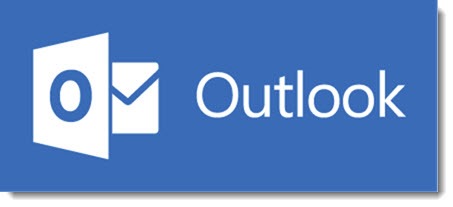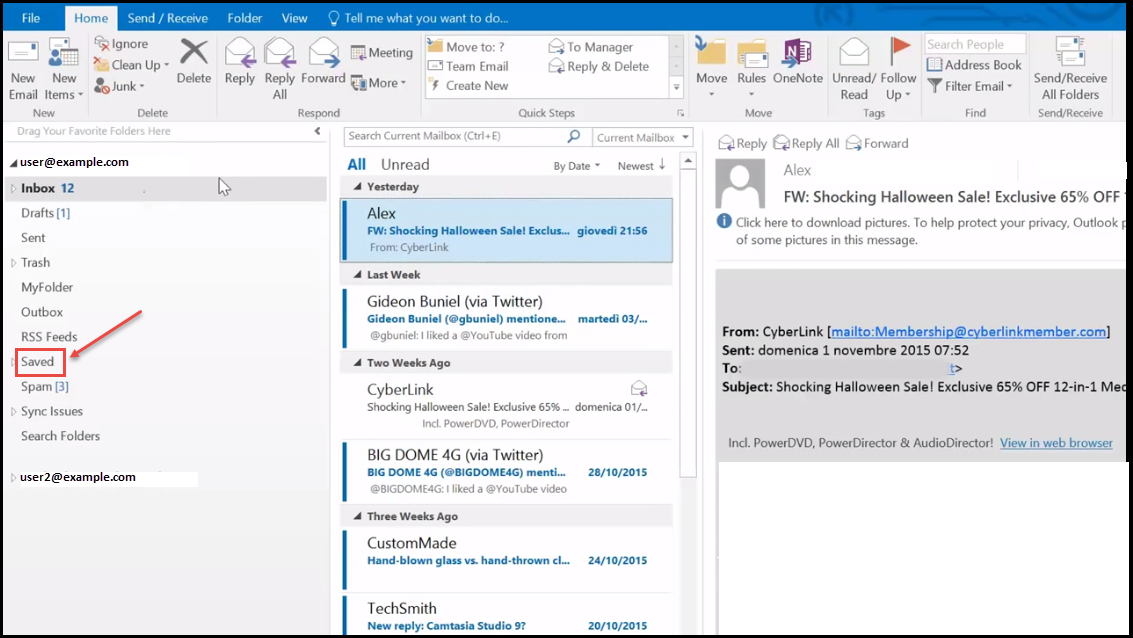

- #HELP WITH MICROSOFT OUTLOOK 2016 INSTALL#
- #HELP WITH MICROSOFT OUTLOOK 2016 UPDATE#
- #HELP WITH MICROSOFT OUTLOOK 2016 UPGRADE#
- #HELP WITH MICROSOFT OUTLOOK 2016 WINDOWS 10#
For example, you can define new Microsoft Exchange servers or customize new features. If you are deploying a volume-licensed version of Office 2016, which uses Windows Installer (MSI), the Office Customization Tool (OCT) enables you to migrate users' current settings and make other customizations. Also Outlook can automatically create a new Outlook profile by using the Autodiscover service. Customization of Outlook settings is optional and only needed if you want to change the default settings. By default, user settings are migrated automatically, except for security settings. If you are upgrading to Outlook 2016 from an earlier version of Outlook, consider whether you will migrate previous settings, change user profiles, and use new customization options.
#HELP WITH MICROSOFT OUTLOOK 2016 UPGRADE#
Upgrade or initial installation of Outlook
#HELP WITH MICROSOFT OUTLOOK 2016 INSTALL#
For Click-to-Run deployments, first use the Office Deployment Tool to set a small number of settings, install Outlook, then set the full range of customization settings and prevent users changing them after installation by using Group Policy. For MSI-based deployments, use the Office Customization Tool (OCT) before installation to set your users' default settings, install Outlook 2016, then enforce those settings and prevent users changing them after installation by using Group Policy. The MSI and Click-to-Run versions of Office and Outlook 2016 have different configuration options and administration tools. For example, Outlook that's included in Microsoft 365 Apps for enterprise uses Click-to-Run. Office that comes with Microsoft 365 enterprise plans uses Click-to-Run.


Volume licensed versions of Office, such as Office Standard 2016, use Windows Installer (MSI). There are two primary installation technologies for Office: Windows Installer (MSI) and Click-to-Run. MSI versus Click-to-Run deployment methods For more information, see Autodiscover service. Outlook 2016 retrieves Exchange connectivity settings directly from AutoDiscover instead of the registry, making profiles more reliable, but that also makes AutoDiscover a required feature. Outlook 2016 now requires AutoDiscover to be configured, or it will be unable to connect to Exchange Server.Outlook 2016 doesn't support connecting to Exchange Server 2007.
#HELP WITH MICROSOFT OUTLOOK 2016 WINDOWS 10#
So something changed in Windows 10 / Outlook 2016 to impact this. I rebuilt the same machine in September 2016 and had no problem with this same setup. The result: I can't use Outlook 2016 for my Office 365 email. The behavior is that because I'm using the same email, Outlook now assumes it's an MSA account and refuses to use the domain with the autodiscovery DNS entry for my domain to resolve to O365 Exchange servers to lookup the account. except it autofills my email as matter if I use my Office 365 (Azure AD) password with what's provided or if I remove "MicrosoftAccount\" from the email address, Outlook refuses to connect to it. Instead, it re-prompts me to enter the credentials. When I try to add my Office 365 account to Outlook, it constantly rejects the credentials I enter. When I try to add another account in Windows 10 for Exchange using the same email, it tells me that email is already in use. I login to Windows 10 with my MSA account. Within Windows 10 => Settings => Accounts, I see my MSA account listed as "Outlook" and can firm it's using a Hotmail server to sync. Outlook 2016 latest (installed from Office 365.
#HELP WITH MICROSOFT OUTLOOK 2016 UPDATE#


 0 kommentar(er)
0 kommentar(er)
